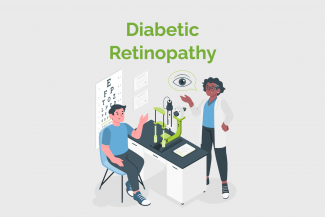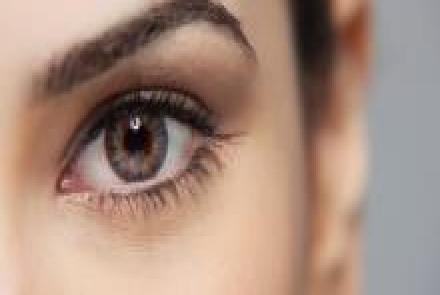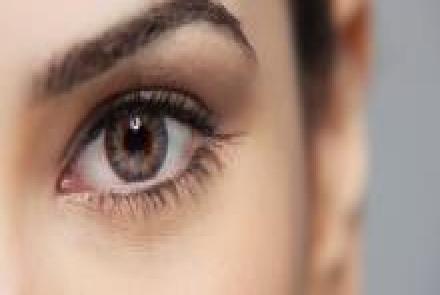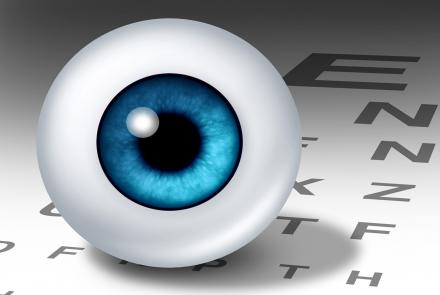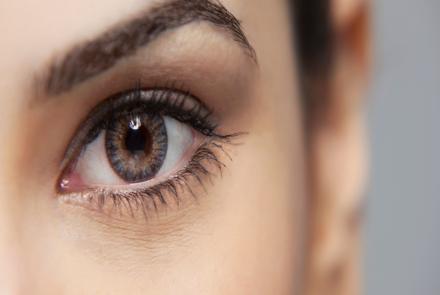
Stages of Diabetic Retinopathy are:
Early nonproliferative diabetic retinopathy (NPDR)
This is the early stage when the patient is usually asymptomatic or has mild blurring of vision. On examination, the eye care provider may find the following when looking into the patient’s eye with an opthalmoscope:
Microaneurysm (small, red dots often in a punctuate pattern) with or without swelling of the retina
Dot and sparse blot haemorrhages (red, round or blot-shaped in the inner nuclear layer or flame-shaped in the nerve fibre layer), hard (lipid) exudates (yellowish specks or lipid deposits)
Proliferative diabetic retinopathy (PDR)
This is an advanced stage of retinopathy when patients present with floaters (spots or lines in field of vision) and diminution of vision.
In this condition, there is lack of retinal perfusion (or blood supply to the retina) . To compensate for this, new fragile blood vessels start growing on the retina. Some of these vessels leak blood (vitreous haemorrhage). Scar tissue grows, which may pull the retina, causing it to detach, and leading to loss of vision.
Retinal signs seen on opthalmoscopy are:
New vessels on the disc (NVD - large bundles of new vessels on the optic nerve head)
New vessels elsewhere (NVE – large bundles of new vessels on the periphery of the retina)
Vitreous haemorrhage (vitreous is cloudy or opaque and often with a reddish hue), tractional retinal detachment (loss of vision if the macula is detached).

